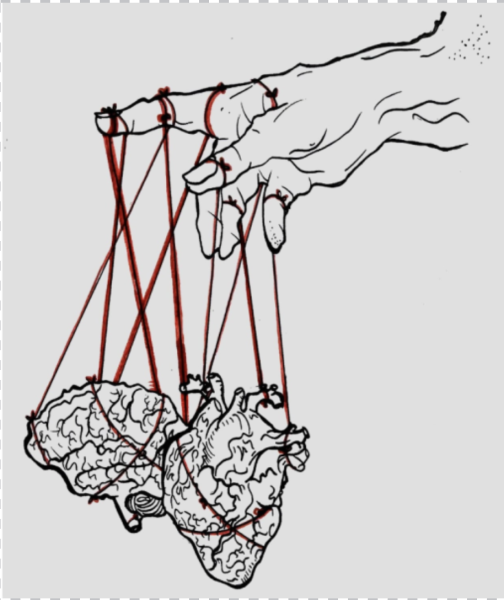Stories worth telling
Just take a moment to think about all those stories you read or heard as a kid. All those authors you looked up to, all those characters you believed to have the genius of allowing you to relate to their personalities. And maybe there aren’t many to add to your list of heroes – maybe reading wasn’t your “cup of tea”. But, unintentionally, stories have shaped how all of us live. How we act, how we think… much of who we are has been fortified by the written word.
Many people read with the hopes of finding parts of themselves in fictional characters, even if they don’t realize it. But when we are not able to relate to these books, our thoughts can become warped, causing our perception of what is “normal” to be altered. We either lose interest or we start to believe that perhaps something about us is not meant to be written about.
This has always been the case with LGBTQ+ representations in literature. As said by Young Adult author Malinda Lo, “the proportion of LGBT YA to non-LGBT YA is so tiny as to be laughable.” The spectrum of sexuality is extremely broad, and comes in many different forms, which include but are not limited to asexual, pansexual, non-binary, and genderqueer. To ignore or dismiss the majority of these sexualities, or to only mention a couple, is not good enough.
Ms. Gereige, the secondary school librarian, stated that, even when authors decide to represent diversity, “Literature needs more work featuring characters who identify as non-binary, transgender, males who identify as gay or bisexual, as well as characters who are aromantic, asexual, genderfluid, or otherwise queer.”
Nevertheless, more and more people have begun to acknowledge different aspects of LGBTQ+ diversity in books, and, slowly but surely, the number of LGBT books around the world is on the rise. “There is definitely more awareness of it and the authors and writers out there are really doing their best to write stories that relate to those persons in a sensitive but realistic way,” Ms. Gereige added.
It is important to include diverse characters in a story, however, if these characters have no purpose, then it is easier to argue against having LGBTQ+ characters in books. There are many authors who have decided to add an LGBT character to their story simply to be “inclusive”. However, characters created solely for the purpose of introducing some semblance of diversity tend to develop rather poorly throughout the book. Convincing and complex characters are vital when creating an effective story, and sexuality can and should factor into their development.
Many authors have started to realize that they cannot ignore all of the different sexualities out there, but some still do not understand how to represent them. This leads to common stereotypes around certain sexualities or writing characters into the background. One example of this, in both books and films, is the stereotype of the ‘gay best friend’. Sometimes it takes more work to be able to represent these people correctly – research, real people, etc – but any extra work would be worth it, and would say to readers that an author genuinely cares about what they are writing.
Many people, specifically those who are questioning their sexualities or gender identities, will hear these stories in the hope of seeing characters wrestling with similar challenges. When these people see themselves only ever represented as side characters or not represented at all, it sends a message that they are ‘less important’ or ‘not worth it’ or simply shouldn’t exist. This leads them to believe that it’s better to hide who they are because to them it might seem as though they can hide or they can be seen as inadequate. The Perks of Being a Wallflower is one example of a transitional book; although it portrays “progressive levels of representation”, the book still depicts LGBT characters’ sexualities abnormally and somewhat negatively. Positive representations of these characters would be beneficial for everyone to understand that it is not bad to be a part of the LGBT community.
A person is not defined by their sexuality. It is only one part of what makes them who they are, and should therefore be written as such. Representation of the LGBTQ+ community in literature is crucial for people to feel comfortable with who they are, but it can be unsatisfactory if it is not written correctly. It is critical that more and more people understand the many different aspects of sexuality, so that it may become normalized not only in writing, but in everyday life as well.

I am a 17 year old American-Indian student going to ISL, and have been a part of The High for 4 years now. Though I claim to be the least creative person...

I am an American Year 12 who has always adored anything to do with creativity—writing, drawing, theatre, you name it (although I do warn you that any...
It is my third year as an illustrator in the High,





